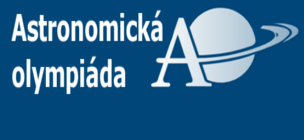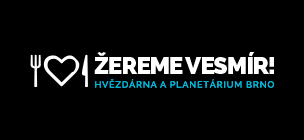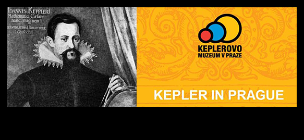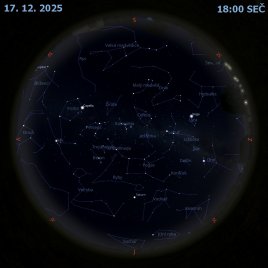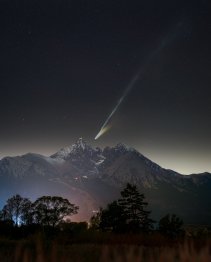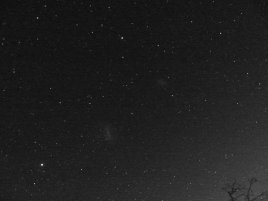Fotogalerie: Venuše a Jupiter při Perseidách 2025

Autor: Martin Gembec
Ačkoli se dva nejjasnější objekty kromě Slunce a Měsíce potkávají alespoň jednou za dva roky, ne vždy jejich konjunkce je tak výrazná, jako jsme mohli vidět kolem maxima meteorického roje Perseid 12. 8. 2025. Někdy jsou dokonce k sobě i blíže, například v březnu 2023. Poslední setkání vyšlo sice na ranní hodiny, ale obě planety při něm byly vidět ještě za tmy, jak vychází nad obzor a zářily spolu poměrně vysoko nad východem až do převzetí vlády Slunce nad oblohou.
O meteorickém roji Perseid a konjunkci jasných planet jsme vás již informovali v našem tiskovém prohlášení č. 325.
Vaše fotografie se již objevují a moc za to děkujeme. Pro jejich nahrání prosím využijte náš formulář.
| Náhled | Kategorie | Místo pořízení | Datum | Autor |
|---|
